As an avid fan of the Gran Turismo video game series, I have gone through countless of the famous licence tests that are a necessity to advance through the games’ career modes. Those tests help you drive better virtually, but the skills taught in the game are also fundamental to real-world performance and defensive driving.
Trouble is, there aren’t many avenues for the average motorist to learn and practice these skills in reality. The national driving syllabus is not comprehensive enough to teach advanced techniques, and professional driving courses, typically offered by the car manufacturers themselves, are often very expensive.
Recently, Proton contacted us about a new driver training programme, called the Proton R3 Motorsport Driving Experience, and wanted one of us to try our hand at it. Naturally, I raced to take up the opportunity and joined the other 40-odd participants in an empty parking lot in Serdang for a whole day of thrashing these tidy-handling cars. This, I concluded, was going to be fun.
Open to all members of the public with a valid driver’s license (even if they don’t own a Proton), the Proton R3 Motorsport Driving Experience follows in the footsteps of a number of already well-established programmes, and teaches a range of basic and advanced driving techniques designed to make you a better, faster and, most importantly, safer driver behind the wheel.
The main factor that separates this from other competing courses? The price – because this programme takes place at the parking lot of the Malaysia Agro Exposition Park Serdang (MAEPS), instead of a more expensive location such as the Sepang International Circuit, it comes in at a relatively low RM880, less than half the price of most courses.
For that price, R3 will provide you with its own cars, as well as food and drink. And don’t think for a moment that you’ll be getting a regular driving instructor to teach you. Oh, no. Showing you the ropes will be none other than Malaysian rally legend Karamjit Singh.
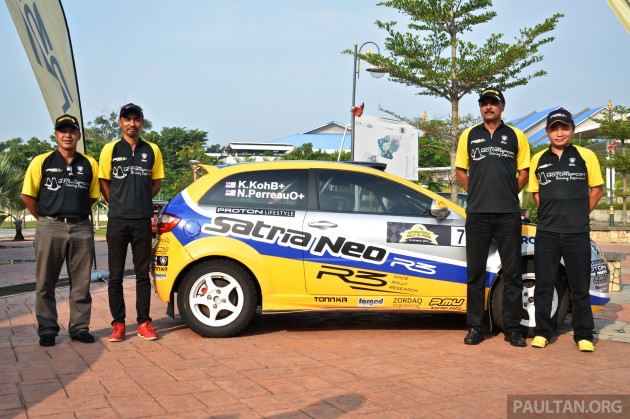
From left: Suhaimi Md Ali, Admi Shahrul, Karamjit Singh, Kenneth Koh
The rest of the roster is nothing to sniff at, either, and includes chief instructor and racer Admi Shahrul, reigning Malaysian Rally 2WD champion Kenneth Koh and Proton test driver Suhaimi Md Ali. The programme was designed with the input of head of R3 and pro drifter Tengku Djan Ley, who oversaw the event.
A quick breakfast later and we were shuffled into a room for a short briefing by Tengku Djan and Admi on the activities we were about to do, with Admi stressing the importance of a good driving position for safer driving – sitting close enough to depress the brake pedal fully without having to shift your body forward and with the elbows bent at a 90-degree angle to prevent fractures in an accident.
After a demonstration of said position (with Karamjit bravely volunteering as a model), we were sorted into four groups, each taking up one of the four tests at one time. And just like that, we were on our way.
The first activity for my group was a threshold braking test, which involved braking from a high speed without locking up. This sounded easy until I realised that the Suprima used in this test had its ABS disabled, and the patch of dirt strewn over the braking area made the wheels even more prone to seizing up.
We hopped into the car with Kenneth, the instructor for this test, who gave us a run through the test. Then, he shifted to the passenger’s seat and we each had two runs to learn and master the technique.
My first run didn’t go so well – my overeagerness with the brakes caused me to slide straight through the dirt. Had there been an obstacle to avoid right there and then, without any steering ability whatsoever, I would’ve been little more than a passenger.
Kenneth told me to ease off the brakes slightly as soon as I could hear and feel the wheels starting to lock up and slide, and adjust the braking force when the wheels started rotating again to keep the tyres just at the limit of grip, which is when the brakes are at their most effective. This I did the next time around and it worked like a charm, the Suprima slowing down quickly in a controlled manner.
With that done, we headed over to the next activity – a test of understeer and oversteer control – which took place on a slalom track. This time, it was Karamjit who was to guide us, and after the customary run through in another Suprima (with the 52-year-old demonstrating exactly why he was nicknamed “The Flying Sikh” through smooth and precise steering inputs) it was again our turn to take the tiller.
This was a test that I personally struggled with – instead of Karamjit’s quick flicks of the wrist, I was frantically twirling the wheel one way, then the other through the slalom. This caused the car to understeer, and meant that I couldn’t negotiate the course very quickly. Eventually, I did manage to pick up some speed, and then Karamjit pulled the handbrake.
This caused the car to snap violently sideways, and although I had seen him done the same with other people who had gone before me, I panicked, swung the wheel the other way and slammed on the brakes. Predictably, all that did was drag the still sideways car straight towards the kerb, the front end only biting onto the tarmac and turning after I realised what I was doing and released the brakes.
Karamjit did not look pleased. I apologised profusely.
Determined not to make a bigger fool of myself than I already did, I came back around and this time, after the handbrake was pulled again, I simply eased off the throttle while counter-steering as just as Karamjit instructed me to, and watched as the tail tucked back in line. After another round, we came back to a stop, and I asked him how I did.
Apparently I had been turning the wheel way too much to negotiate the small turns of the slalom, and Karamjit said that although I didn’t do too badly initially, my performance actually worsened progressively as I tried to go faster. Humbled (and fairly embarrassed of my dismal performance), I thanked him and stepped out of the car.
His words were still fresh on my mind when it came to the next test, with Suhaimi as the instructor. This was also done on a slalom course, but the wider spaces between the cones allowed him to teach a very important component of performance driving – cornering lines. And this time, we’d have a go in a manual (yes, really) Satria Neo R3.
Specifically, we were taught the “slow in, fast out” approach, doing all the braking in a straight line on the outside of the corner before turning in. By moving to the inside of the corner slightly later, the car hits the apex of the turn on the way out of the corner instead of on the way in. With most of the turning effort done earlier, the car is much more settled on corner exit, allowing power to be applied sooner.
Again, it sounded so simple, but I made a complete hash of it. I thought I had followed Suhaimi’s instructions to a tee, staying to the outside of the corner before turning in, but the front end just would not bite, so again I found myself turning and turning the steering wheel just to get around the cones.
The epiphany came at the end of my stint, when I asked him how to get the car to turn in with less input. His answer was simple: turn in earlier. It appeared that I had been taking his advice on turning in later too far and missed the apex completely. Oops.
With my seat time done, it seemed that I would not be able to put his advice into practice, but then our group finished up early, and Suhaimi asked if anyone wanted to have another go. I dropped everything and ran back into the driver’s seat.
Throwing the Satria Neo around the cones a bit earlier this time, I was surprised at how much less steering input I had to put in for the car to change direction the way I wanted. Finally, I was able to drive through the course much quicker than I had ever been throughout this entire programme so far, goaded on by Suhaimi’s encouraging remarks.
After lunch, it was back behind the wheel for the fourth and final test, under the watchful eyes of Admi. This time, we had to undergo a brake avoidance test, which involved driving up at full speed towards a marshal, braking hard very late (with the ABS enabled, thankfully), at which point the marshal would raise a left or right flag indicating where we’d have to steer to avoid him. Suffice to say, this was not for the faint of heart.
The purpose of this test was two-fold – to showcase the ability of an ABS-equipped car to retain steering ability even under heavy braking, and also to test our reflexes and reactions. Getting into a Preve this time, Admi insisted that I keep the accelerator pinned until he explicitly told me to brake. Setting off at full throttle straight at the aforementioned marshal, I wasn’t sure if this was a good idea.
The Preve’s 1.6 litre turbo engine roared incessantly, and at one point I could’ve sworn I saw the speedometer needle swing past 100 km/h. But still Admi told me to keep going. The marshal was getting uncomfortably close; surely it was time to hit the brakes.
Finally, Admi gave the instruction, and I slammed on the brakes. The marshal swung up his right flag, so I flicked the steering wheel left, then right, grinding to a stop next to him. A sigh of relief left my lips.
Admi said I lifted off the brakes slightly while waiting for the marshal to indicate where to steer, so the next time around I made sure I left no air under the brake pedal. Unfortunately, while doing so I completely forgot to wait for the marshal’s signal, instead steering immediately in the direction I had taken earlier. Just when I realised what I did wrong, the marshal raised a flag in the opposite direction. Uh oh.
Still, Admi did say I braked very quickly after he instructed me to, so I guess it wasn’t all that bad.
With the skies starting to open up, we figured it was time to head home, but the instructors had other ideas. Instead, we were pitted against each other in a no-holds-barred time attack session in an ABS-equipped Suprima that combined all the tests together in a single, highly technical course.
Starting with the tighter slalom course, we would then cross over to a more spaced-out series of left-right-left gates, then attempt the brake avoidance test. Once we’d come to a complete stop, we would set off again, heading around to the threshold braking area, where we’d have to stop within a marked-out box. Three-second penalty for hitting a cone or missing a gate, five for stopping outside the braking area.
My run took place when the rain was already starting to build up. Despite the treacherous conditions, the Suprima’s stable, balanced and predictable handling shone through, taking on the course with aplomb. I also felt that I had driven much better, and felt confident that I was going to set a decent time, right up until I finished my run and Admi told me that I had missed a gate.
In the end, I came in 15th. That didn’t look so bad considering that there were about 40 other participants, but then I realised that quite a lot of them were driving in even worse conditions and I sank back into my seat. Then again, without the skills that I have learnt from these revered instructors, I would have probably fared much, much worse.
So, should you join this course? You definitely should, especially if you have never done such a programme before. The tips and tricks taught here are invaluable and will make you a better driver not only on the track, but also on the open road. The fact that it’s so affordable relative to other courses only seals the deal. And if you’re left wanting more, don’t fret – more advanced courses are currently in the pipeline.
If you do want to take this programme on, better hurry – the next event is happening from June 21 to 22. To register or to learn more about the Proton R3 Motorsport Driving Experience, email [email protected] or call 03-80269400 or 03-80745888.
AD: Drive the Proton model of your dreams. Submit your details and Proton PJ will get in touch with you.
Looking to sell your car? Sell it with Carro.












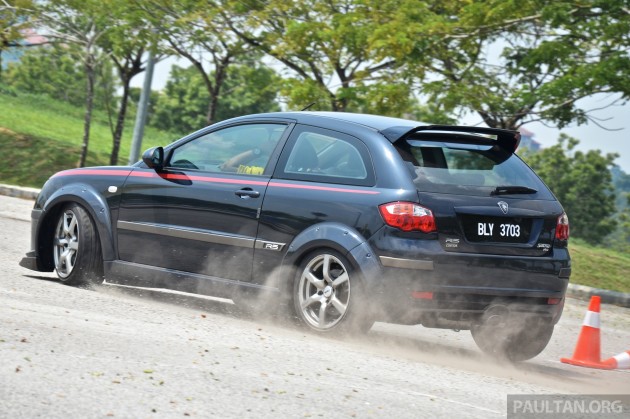
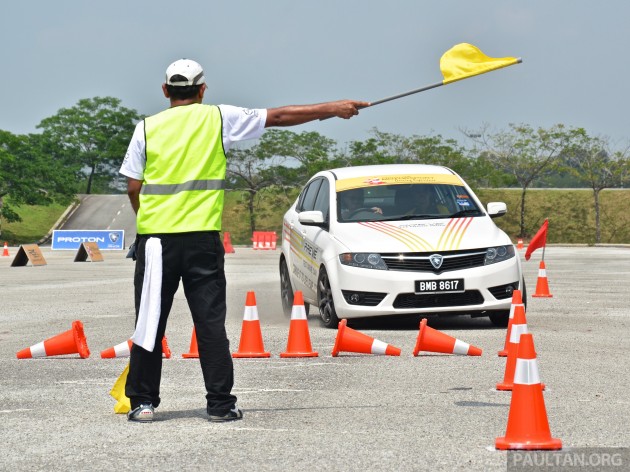



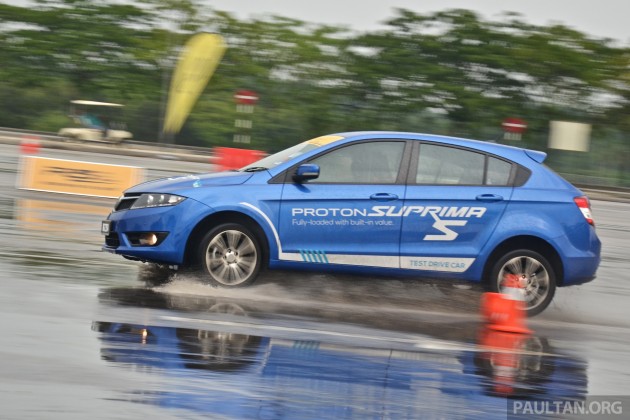

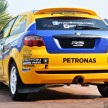

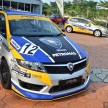
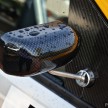
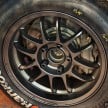

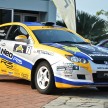

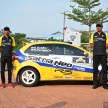
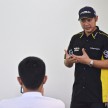
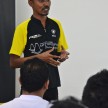
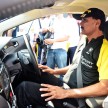
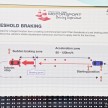
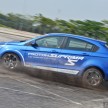
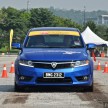
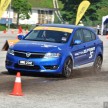
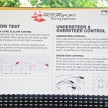

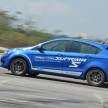
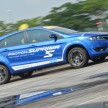
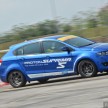
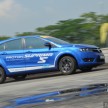
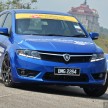
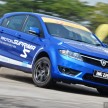
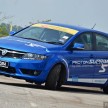
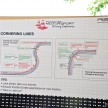

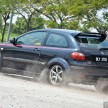
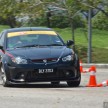
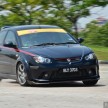
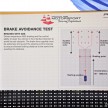
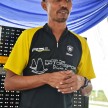

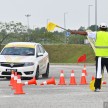

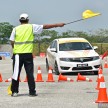
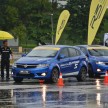



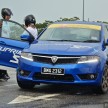
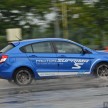
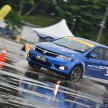

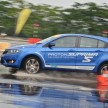


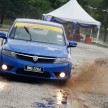
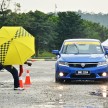











AI-generated Summary ✨
Comments generally acknowledge the blog post's focus on Proton R3's driving experience, emphasizing its value for improving driving skills, safety, and car control. Many believe such courses help drivers better understand their vehicles, especially in emergency situations, and advocate for broader adoption of defensive driving programs. Some compare Proton’s initiative to similar offerings from BMW and Audi, seeing it as a positive effort regardless of brand perceptions. A few comments cynically suggest the program is more for publicity or racing enthusiasts rather than everyday drivers, with concerns about Proton focusing too much on niche activities amid declining market share. Overall, sentiments are supportive of driver training, with calls for these courses to be more accessible and comprehensive, highlighting safety benefits over brand or hype.